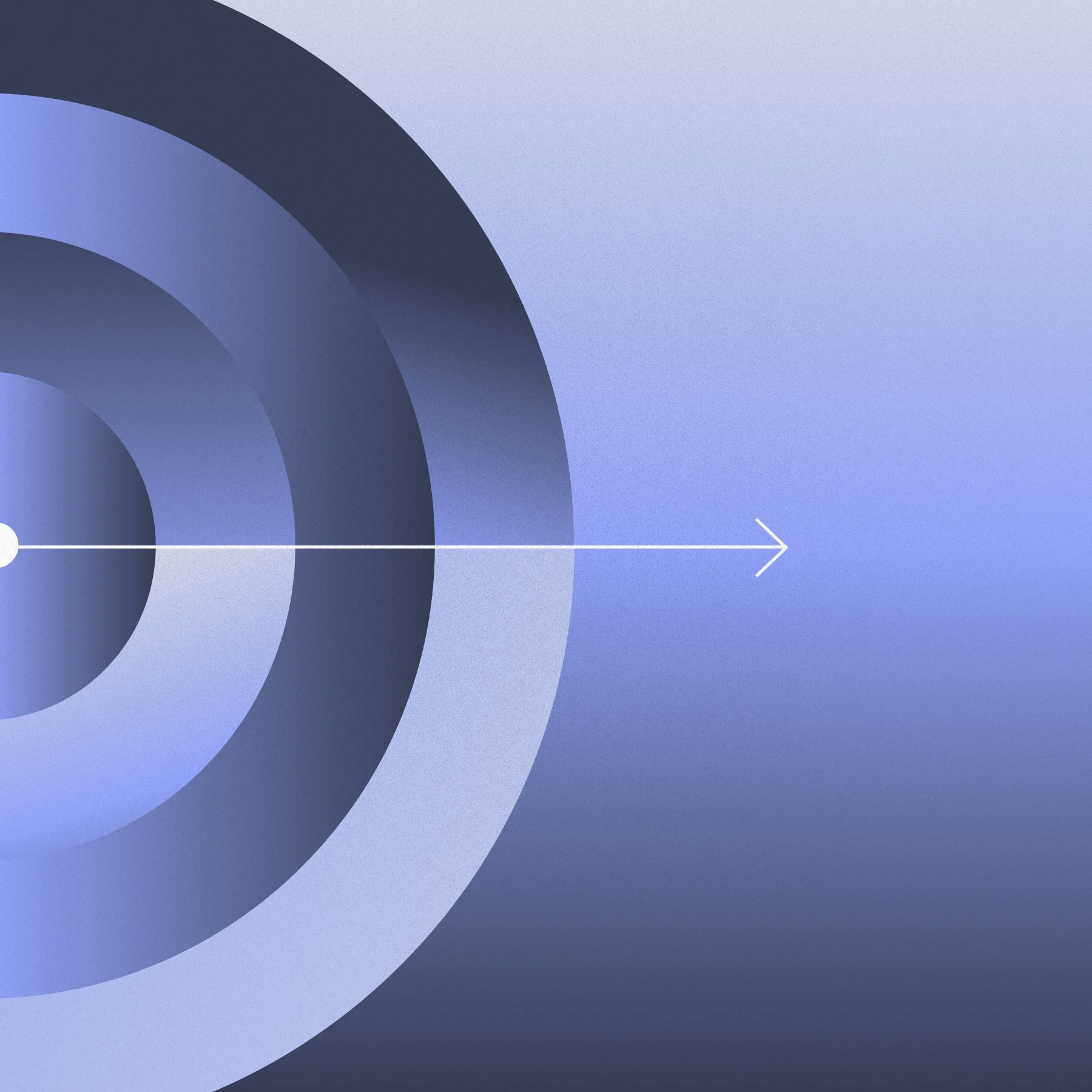How to leverage product crowdfunding for your ecommerce company

If you’re thinking of crowdfunding your product, you’ve likely had two major questions come to mind. One: How do you run a successful product crowdfunding campaign? Two: How do you turn a successful campaign into a long-term business?
In this article, we’ll dive into the process from end-to-end, from keeping your campaign organized to building a community to converting your momentum into a long-term business.
Key takeaways
- Think like a long-term business from the start of your campaign. What will happen if your campaign is successful? What manufacturers and suppliers do you plan to work with? How can you use your success to keep the momentum going and turn your idea into a long-term business?
- Community is key. Treat your backers well from the start—over-communicate before, during, and after your launch, and share as many details as possible. You’ll thank yourself in the future.
- Stay organized. Keep all materials handy and campaign finances in one place. Keep your personal and business finances separate, and get a business bank account early-on.
- Prepare for the best—but treat crowdfunding as an experiment. If you fail to raise funds, return to the drawing board and see what you can change.
What is product crowdfunding?
Crowdfunding is the process of raising funds from a group of individuals, typically through an open call on the internet. There are various crowdfunding models, including equity crowdfunding, which allows you to raise small amounts of equity-backed financing from a group of investors, and debt crowdfunding, which allows you to take out loans from a group of lenders.
Product crowdfunding is the most popular of the lot. Companies often use it to collect small amounts of money from an open audience to back the development of a product. In return, investors stay up-to-date with their product’s journey, receive perks and updates as product development progresses, and eventually receive the company’s product when it’s launched.
Although it differs across platforms, most crowdfunding campaigns share a few common elements.
Campaign: A campaign is a project that raises a set amount of funding over a fixed duration of time and allows potential investors to pledge fixed amounts of money towards the creation of a product. In turn, investors become customers, receiving the product or other perks.
Pledge: A pledge is the amount of money that a participant puts towards a campaign. On most platforms, pledges are only converted into payments if a campaign successfully meets its goal.
Backer: Backers are campaign participants who have confirmed a pledge.
Perk: Perks are the digital or physical goods or services provided to backers after a successfully-funded campaign. A perk can be used to reward early and large backers, and is determined by factors like the amount pledged.
Why would I want to use crowdfunding?
If you’ve ever participated in a product crowdfunding campaign as a backer, you know just how much can go wrong—like products that never make it out of idea-stage or perks deliveries that take months to come to backers. Crowdfunding campaigns can be time-consuming and require lots of organization. And yet, as successful crowdfunding campaigns have shown, there are major upsides to doing them well.
For example, Coolest Products’ Coolest Coffee Table successfully raised over $188,000 to get their product out into the world—a coffee table with Bluetooth speakers, charging ports, refrigerators, and more.
From the time the campaign launched in September 2020 to the final shipment date in March 2021, they provided backers with 17 different updates, from production information to pledge milestones. Over 300 backers got their hands on the coffee table. They’re now a full-fledged business with plans to release more products.
Build a community from day one
Community is often a secondary thought for ecommerce companies. Many brands launch products, sell to a bunch of customers, and start to think about how to turn those customers into their community afterward.
However, when you try to build a community around a product, it can be challenging to motivate members to see value beyond the product itself. Crowdfunding forces you to pitch your product as a bundle—you’ll need to market its importance as a product as well as the vision behind it, how it fits into the world, and how it might enrich your potential backers’ lives.
That means your backers are also buying into this bundle. By getting a group of customers who—at least, somewhat—agree with your brand’s mission, your product’s values, and your thesis on how their lives will improve with it, you can build a value-focused community from day one. And you can keep this community going over time, with newsletters, social content, and other forms of engagement long after the campaign.
Lower your financial risk
When interested customers offer pledges, they’re footing the financial risk if something goes wrong while you’re producing and distributing your product. And it’s not uncommon for things to go wrong—Kickstarter has gone well out of their way to make sure backers know they are not a store.
However, don’t take this as permission to abandon projects. Following through with your initial product can make or break your future success. It’s one thing if you don’t raise enough funding. But if your campaign is funded and you don’t deliver, you’ll have a hard time convincing anyone that your brand should be taken seriously.
Test product/market fit
Taking a project from idea to product is daunting. What if you’re excited about your idea but nobody else wants it? Or maybe you know it will be a hit, but you’re not quite sure if you’re marketing it the right way. A crowdfunding campaign can help determine if you’ve nailed your product and marketing—or allow you to decide to return to the drawing board.
For example, if you’re gaining traction on social media or your newsletter, but it hasn’t translated to campaign backers, it might not be your product’s fault—an incredible product with a poorly communicated campaign can fall flat, no matter how great it is. Collect as much feedback as you can along the way. That way, if you do need to come back with a new-and-improved campaign, you just need a better story—not a better mousetrap.
Potential for free marketing and a chance at viral success
If you’ve heard of products that have done well with crowdfunding, they’re usually not the slow-burn ones that just squeak past their campaign goals at the last second. With the right work put in pre-launch (and a little bit of luck), campaigns can rocket past their goals. And a well-crafted campaign can get picked up as a “staff pick” or get attention from media that can help drive virality.
Of course, popularity comes with its problems—getting too many backers means you have to figure out how to fulfill orders of magnitudes more than originally planned, along with an influx in support questions.
Raise funds without diluting your business ownership
Unlike venture capital or equity crowdfunding, product crowdfunding allows you to keep complete ownership of your business. You might still want to set your business up as an LLC. LLCs are more secure than sole proprietorships and can protect your personal assets during and after the campaign.
Want to hear directly from an ecommerce founder? Watch our video with Mango Puzzles co-founders Kemal Didić and Svet Lovoukhin on establishing their financial fundamentals:
How does the crowdfunding process work?
Establish your product idea
Come up with a product idea. Test its potential by asking a few questions.
- What is it?
- How is it used?
- Does it solve a problem or make a users’ life better?
- Is it unique?
- Is it something that a crowd would love that might do well on crowdfunding?
The answers to the last two questions are important ones. While the first three are general questions that can help you understand if you have a worthwhile business, the last two touch upon an important aspect of crowdfunding: virality.
Develop your target customer
Once you know what you’re selling, narrow down who you want to market your product to. A product designed for everybody is a product for nobody. Create a target customer persona. Figure out the demographic they fit into, their challenges, and their goals. This persona will help you craft a compelling story for backers when you draft your campaign.
Find your suppliers and manufacturers
If your campaign is successful, you’ll need to fulfill your end of the deal and get the product to your backers. Find manufacturers and suppliers so you can be prepared after the campaign. Order samples to check production quality—you’re putting your product and brand’s reputation into the hands of your manufacturers and suppliers.
You will also want to ensure that you have volume-based pricing agreements and manufacturing guarantees set up well in advance so you aren’t starting the process anew when your campaign goes well.
Tip: Stay away from manufacturers that want you to sign a guarantee that you will pay them regardless of your campaign’s outcome. You’ll be working with these partners for months—even years—and you want to be in business with someone you trust.
You’ll also need to determine your cost of goods and shipping for each item to figure out how much money to raise through the campaign.
- Here's a tip: these details can help you market your campaign. For example, some brands put together a manufacturing and fulfillment timeline and upload it to their profiles to show that they’ve done their homework and are ready to get the ball rolling. This will give potential backers confidence that you can fulfill their pledges.
Select a crowdfunding platform
There are many different places for you to host your campaign. The most popular are Kickstarter and Indiegogo. The most significant difference between the two is the outcome of unsuccessful campaigns. As of 2022, Kickstarter only provides you with funds if you are successful. Indiegogo, on the other hand, allows you to access funds that have been pledged even before the campaign is finished. That might make Indiegogo seem like a no-brainer, but crowdfunders should keep in mind that campaigns on Kickstarter have far higher success rates than those on Indiegogo.
Alternatively, you can use an app connected to an ecommerce store, like Crowdfunder by Ethercyle, which lets customers crowdfund products as pre-orders. With Crowdfunder, you “own” all of the traffic—customers are already on your site and are engaging with your branding, promotions, and newsletters. On the other hand, it will be harder to drive traffic there. It often has to be earned or bought with advertising.
Create marketing material and build pre-launch buzz
You will need to create marketing material that fits your crowdfunding platform’s specifications. The more your campaign makes you look like a brand that can deliver and less like “just some person with an idea,” the more likely it is that potential backers will have confidence in your product.
Start building buzz before you launch your product. Setting up social media accounts can also help your brand and product get legitimacy and increase the likelihood of success—and it can also get the creative juices flowing to help you with all the other collateral you will need to launch a successful campaign.
If you’ve got a larger project with a bigger budget, you can tap into a crowdfunding marketing agency. For example, Jellop takes a percent of the total amount pledged to help you with your marketing. They’ll help you get the word out and connect you to influencers.
Of course, you don’t need an agency to be successful—you just need a plan.
Create product images or mockups early on. Throughout your campaign, you can resize these product images to fit your needs. You may even want to combine them with timelines and other graphics to create reference material for potential backers.
You’ll also want to create a project video that shares your story—not only what your product is, but also the why, how, and who behind it. Many entrepreneurs put themselves or their teammates in front of the camera to humanize the project and tell a more cohesive story.
Design your crowdfunding campaign structure
Before you launch, you’ll need to plan out how your campaign will be structured. Track everything in a single place, like a spreadsheet. There are many free templates available online.
Start by figuring out the different prices you’ll charge across perk levels. You can base this on the cost of goods sold (COGS), which includes the price of manufacturing along with the combined costs to make the product—like marketing (design, website hosting), production, post-campaign support, any patents you need to register or acquire, and more.
Remember: You’re not just trying to break even. Earning profit is a balance, and your backers will know if the product they receive is low quality or overpriced.
Try to resolve other important questions before launching:
- How will you keep track of who gets what after launch?
- How will you provide value to backers before they receive your product? Will you send them updates? Small goodies to keep them plugged in?
- Will you offer stretch goals (like new product variants or bonus gifts) to incentivize backers to help you hit—and exceed—your campaign target?
Launch
Upload your assets onto your platform long before your launch date. When the day comes, throw as much gas on the marketing fire as you can. Invite friends, family, coworkers, and strangers on the internet to share and back your campaign. With any luck, the platform you’re running your campaign on will take notice and promote you to their wider community of crowdfunding enthusiasts. You can also launch in tandem on other product-sharing platforms like Product Hunt and cross-link to your campaign to give your project a boost.
Make sure to provide regular updates to backers and subscribers during the campaign. If you have stretch goals, highlight your progress towards them to keep the energy high.
What happens after the campaign?
If your campaign is successful (or if you’re using Indiegogo to access the funds before the campaign is even done), you’ll want to put all information into a single source of truth, like a spreadsheet. This includes the amount of money pledged, who pledged it, the perk tier each backer is in, and how you’re tracking who helped you hit your stretch goals.
Keeping these numbers organized is an integral part of being able to reach out to your manufacturing and packaging partners to get production started.
Learn more about venture capital, a common form of startup financing.
Act like a business
By the time your campaign is closed, you should have incorporated your business. Incorporation is an integral part of protecting your personal finances as you start to sign production and shipping contracts.
Incorporation is also a good time for reflection. Start to consider what might be next for your business as you begin the fulfillment and post-purchase process. Was your product a one-off success, or do you want to create a line of products? Are there ways you can make improvements to launch a second version? How can you tap into the love your backers have shown for your vision?
Put your funds somewhere safe
You may be tempted to connect your crowdfunding platform to your personal bank account and leave deposit funds there. That’s not the best solution if you want to turn your campaign into longer-term success.
While your personal bank might have business accounts, they aren’t focused on helping your new business succeed. Find a business-focused financial service provider (like Mercury) to help you move funds quickly and efficiently, especially if you’re dealing with backers and manufacturing partners around the world.
A business bank account can provide tools for your product to tap all the necessary levers to turn into a full-fledged business, like storing existing funds to possibly earn a yield when you’re not using them.
Post-campaign surveys
Surveys can be used to confirm perk selections, contact information, and shipping details. They can also be used to upsell additional perks after the campaign is done. They’re especially useful if your product and perks have complexities and different levels. While platforms like Kickstarter and Indiegogo have natively-built surveys, there are also third-party services like Backerkit that can help with the process.
Get the product in your backers’ hands
Get products to your backers as soon as possible. Send digital items right away, and regularly update backers with progress or hiccups during the manufacturing process. This can help keep confidence high. Share pictures and updated timelines. Transparency and honesty can help pad any complaints from delays.
Make the process as enjoyable as possible so your campaign backers can feel like they’re part of your community.
Signed, sealed, delivered
Even after your product is delivered to your backers, stay in touch with your community. They’ll probably be interested in whatever your new business does next. Update social channels consistently so backers can reach out if they need support and share business updates through newsletters.
If your crowdfunding campaign was successful, it has the potential to become something more — all you need to do is remain engaged with your community.
To watch the rest of our five-part video series on building and running an ecommerce business, visit our playlist.





